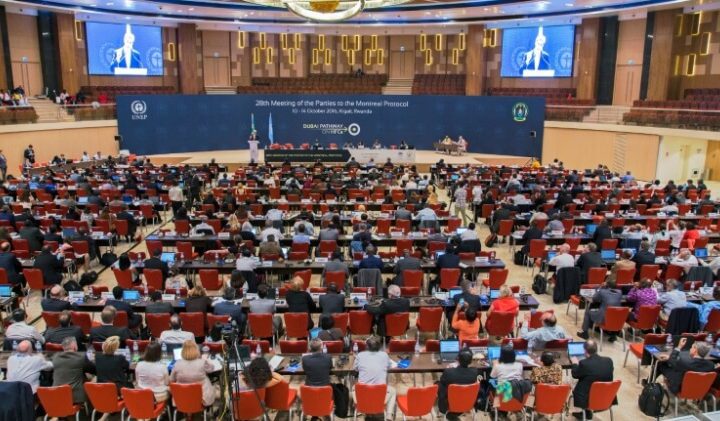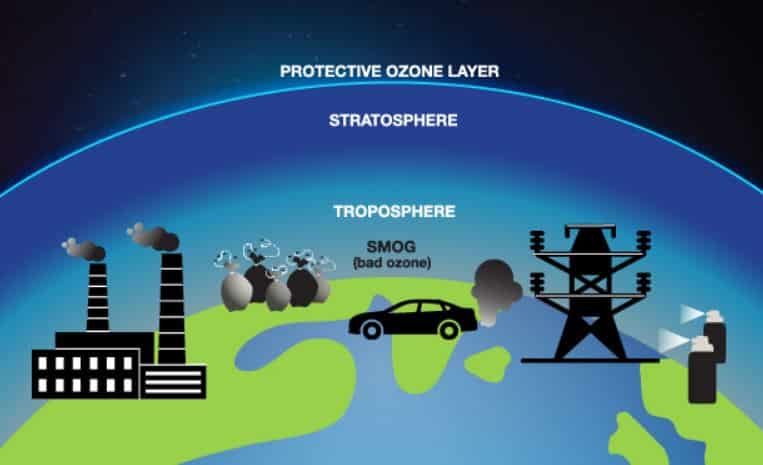India ratifies Kigali Amendment to Montreal Protocol. What does this mean?
India has ratified the Kigali Amendment to the Montreal Protocol of 1989 in order to protect the ozone layer. Does this mean gradually taking out powerful greenhouse gases like HFCs? Read to know all about it in detail. What is the Kigali Amendment? This Amendment has the potential to avoid the 0.5°C increase in atmosphere […]


India has ratified the Kigali Amendment to the Montreal Protocol of 1989 in order to protect the ozone layer. Does this mean gradually taking out powerful greenhouse gases like HFCs? Read to know all about it in detail.
What is the Kigali Amendment?

This Amendment has the potential to avoid the 0.5°C increase in atmosphere temperature by the end of this century. Hence, the use of HFCs has to be reduced by a minimum of 85 percent. However, we have time till the middle of this century. India plans to achieve this by 2047 while some developed countries plan to do it by 2036. Additionally, China and the US plan to reach this target by 2045.
“India’s Kigali Amendment ratification is among the most significant of any country. This brings us to the cusp of universal ratification among the world’s biggest economies,” said Alex Hillbrand. Hilbrand is an HFC expert from the Natural Resources Defense Council. Additionally, this ratification is a huge advantage in boosting domestic manufacturing and in employment creation.
How will India reach this target?

India played a key role in negotiations on the Kigali Amendment to extend the timeline for itself and a few others. After all, time is critical while shifting from HCFCs to HFCs as climate-friendly alternatives are not cheap and affordable to developing countries. “The tireless efforts that led to the Kigali Amendment have resulted in the agreement of phasing out the HFCs in a timebound manner. Many HFCs have very high global warming potential,” said Professor S N Tripathi. Tripathi is the head of civil engineering at IIT Kanpur. Additionally, he is also a member of the National Clean Air Programme’s steering committee in the ministry of Environment.
Moreover, the country’s India Cooling Action Plan or ICAP describes the cooling of the atmosphere as a developmental need. The plan seeks to build and accommodate the country’s growing needs of cooling, which will grow eight folds in the next two decades. As per the ICAP, India will reduce the HFC demand by 25 to 30 percent in the next two decades.” India’s ratification of the Kigali amendment is a welcome decision that will collectively help avoid 0.5°C, which is a significant climate co-benefits,” he added
This article India ratifies Kigali Amendment to Montreal Protocol. What does this mean? appeared first on BreezyScroll.
Read more on BreezyScroll.


